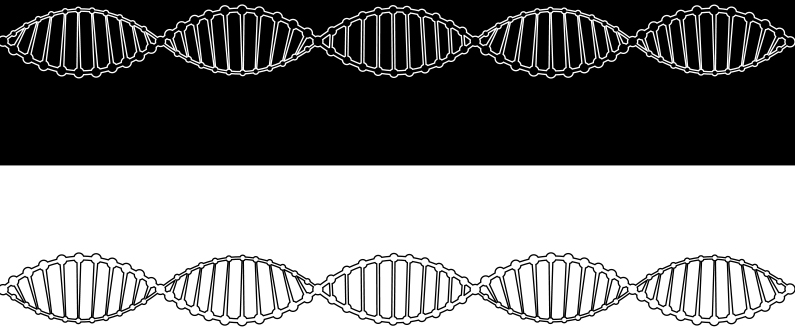Researchers identify genetic associations with 45 clinically relevant traits in the Qatari population
 Qatar was among the first countries to launch its own large-scale, national genome project.
Qatar was among the first countries to launch its own large-scale, national genome project.
A group of researchers at WCM-Q and Qatar Foundation have reported the first and largest genetic association study in the Middle East and have been published online in Nature Communications – a leading scientific journal published by Nature Research.
The study, entitled 'Whole genome sequencing in the Middle Eastern Qatari population’ identified genetic associations with 45 clinically relevant traits', highlighting vital information that provides a better understanding of the genetic risk factors that are specific to the Arab population, including those shared with other ethnicities.
Qatar was among the first countries to launch its own large-scale, national genome project. Qatar Genome combines whole genome sequencing data with comprehensive phenotypic resources collected at Qatar Biobank, and is considered the first, largest and most ambitious population-based project of its kind in the Middle East.
The study examined how the natural variations found in the genomes of thousands of Qataris are linked to variations in their respective blood tests. The results from the project were shared publicly, ensuring that the specificities of the Arab genomes will be taken into consideration in future research on new treatments and therapies.
The study – led by researchers at Qatar Foundation’s (QF’s) Hamad Bin Khalifa University (HBKU) and WCM-Q, along with scientists from the Qatar Genome Research Consortium – looked at whole genome sequence data from more than 6,000 Qatari individuals.
By performing detailed assessments of genetic variants across the whole genome in 6,218 individuals, comprising data from 45 clinically relevant traits, the study identified about 300 independent genetic signals. Some of these signals were predominantly found in the Qatari population. This observation was then confirmed in a further 7,768 subjects from QF’s Qatar Biobank.
Omar Albagha, principal investigator from HBKU’s College of Health and Life Sciences, said: “The study provides new insights into the genetic architecture of clinical laboratory tests and identifies for the first time genetic variations that are specific to the population of Qatar. The study also shows that findings from genetic studies in European populations don’t translate well when applied to our population in the Middle East. This argues for further studies to define the genetic architecture of diseases in our region. We are excited because the study represents a foundation for the implementation of precision medicine in the Middle East.”
Dr. Karsten Suhre, director of the Bioinformatics Core at Weill Cornell Medicine - Qatar and joint senior author on the paper, said: “It has been a long but successful journey from the first patient recruitments to Qatar Biobank to analyzing the resulting enormous genetic data set for associations with clinically relevant traits, and we as a consortium are proud to contribute with this paper to the international effort of obtaining an even better understanding of our human genome."
Professor Said Ismail, director of QF’s Qatar Genome, which is part of QF Research, Development, and Innovation said: “Qatar Genome Research Consortium has given research groups the platform to study whole genome sequencing and other omics data to empower the genetic discoveries in this part of the world, which otherwise would be under-represented.”